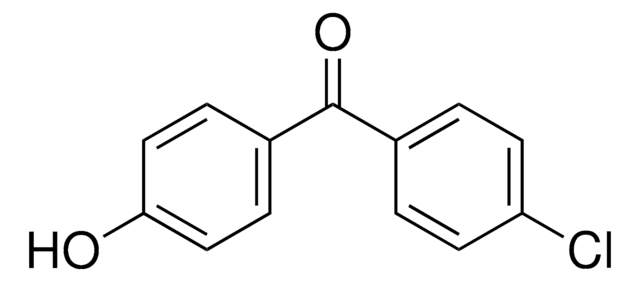PLA0016
Rabbit anti-MDC1 Antibody, Affinity Purified
Powered by Bethyl Laboratories, Inc.
Synonym(s):
Em:AB023051.5, KIAA0170, NFBD1, homologue to Drosophila photoreceptor protein calphotin, mediator of DNA-damage checkpoint 1, nuclear factor with BRCT domains 1
About This Item
Recommended Products
biological source
rabbit
Quality Level
antibody form
affinity purified immunoglobulin
antibody product type
primary antibodies
grade
Powered by Bethyl Laboratories, Inc.
species reactivity
human
technique(s)
immunoprecipitation (IP): 2-5 μg/mg
western blot: 1:2000-1:10000
accession no.
NP_055456.1
UniProt accession no.
shipped in
wet ice
storage temp.
2-8°C
Gene Information
rabbit ... MDC1(9656)
Immunogen
Physical form
Other Notes
Disclaimer
Not finding the right product?
Try our Product Selector Tool.
Storage Class Code
12 - Non Combustible Liquids
WGK
nwg
Flash Point(F)
Not applicable
Flash Point(C)
Not applicable
Regulatory Listings
Regulatory Listings are mainly provided for chemical products. Only limited information can be provided here for non-chemical products. No entry means none of the components are listed. It is the user’s obligation to ensure the safe and legal use of the product.
JAN Code
PLA0016-100UL:
PLA0016-100UL-KC:
Certificates of Analysis (COA)
Search for Certificates of Analysis (COA) by entering the products Lot/Batch Number. Lot and Batch Numbers can be found on a product’s label following the words ‘Lot’ or ‘Batch’.
Already Own This Product?
Find documentation for the products that you have recently purchased in the Document Library.
Our team of scientists has experience in all areas of research including Life Science, Material Science, Chemical Synthesis, Chromatography, Analytical and many others.
Contact Technical Service